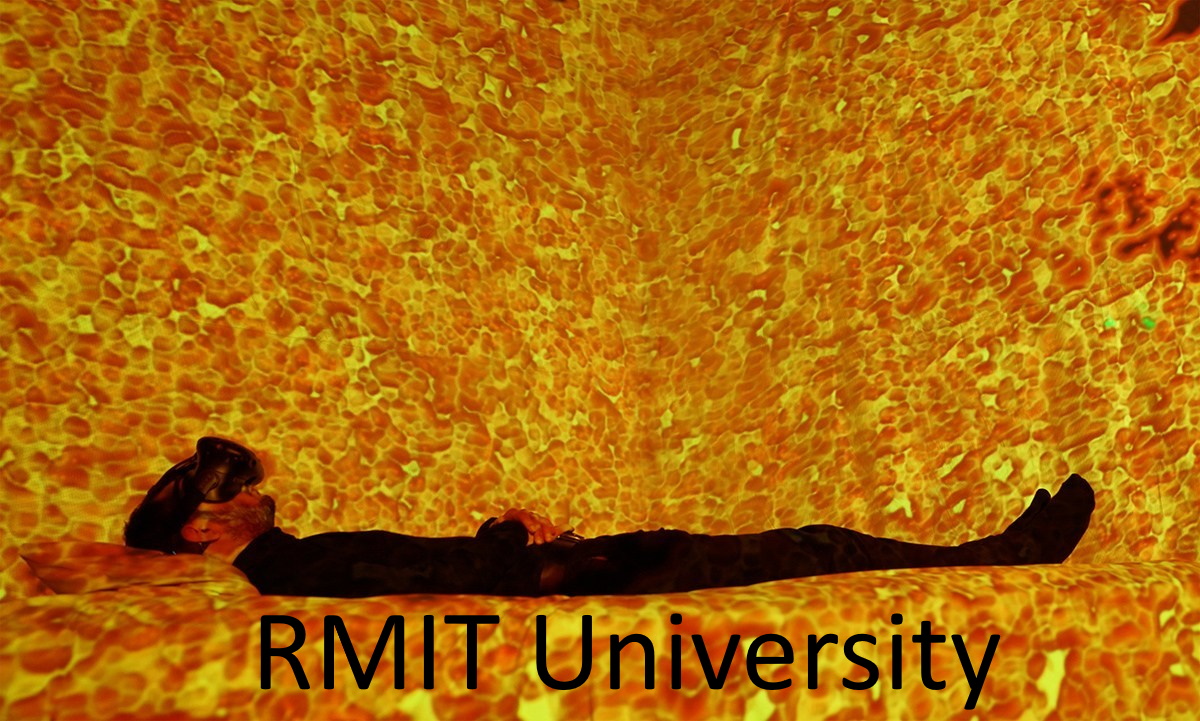Imagine an interactive bed combined with kaleidoscopic visuals that are controlled by the users own brainwaves. Where each brain frequency represents a different color and individual brainwave intensity is tied to movement.
At RMIT University in Australia, researchers are using this technology to study pre-sleep states and the impact on general well being. According to Natahan Semertzidis, a PhD researcher at RMIT,
“Technology and sleep are always talked about as incompatible… Our findings flip that notion upside down and show how technology can also aid rest and relaxation.”
Initial findings have been promising. Users have reported significant improvements: a “…21 per cent drop in general negative emotion and a 55 per cent drop in feelings of fear after using Inter-Dream. Meanwhile, general positive emotions increased by 8 per cent and feelings of serenity by 13 per cent.” according to the article.
“Good sleepers are generally more relaxed and positive, while bad sleepers are more likely to focus on unpleasant and intrusive worries and stressors because of involuntary mental rehearsal of the past day’s events… It makes sense that influencing these cognitive mood states can help us better ease into rest.” says Semertzidis
This experience is not only passive, users have been interacting with their environments by manipulating their own brain waves which enables a sense of creative expression associated with positive effect on emotion. Cognitive states, while in the experience, are being linked to the same states shown while practicing mindfulness.
Researchers agree that while this is not the answer to sleep issues, there are promising findings that will continue to shape the future of sleep research.
Original Article: https://www.rmit.edu.au/news/all-news/2019/jul/virtual-dreams



